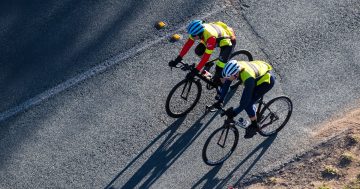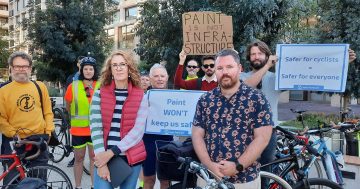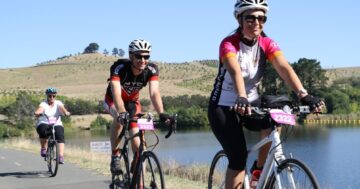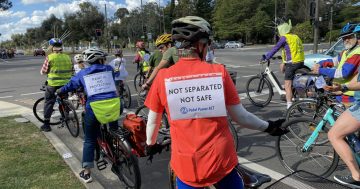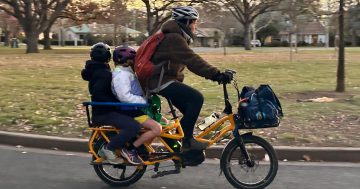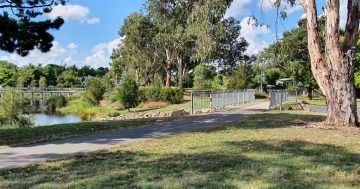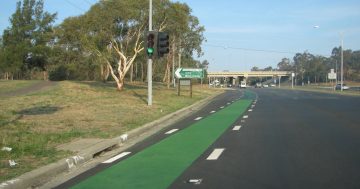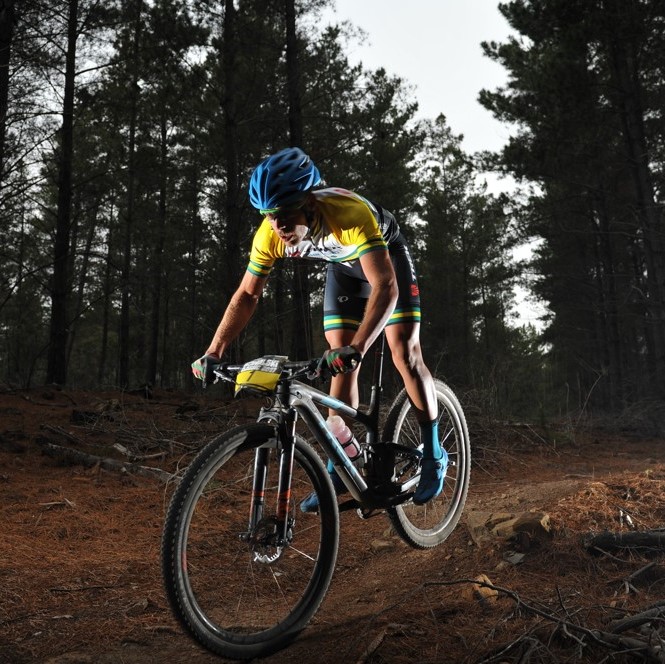
Mountain biking in Canberra presents a great opportunity for cycle tourism. Photo: Kowalski Classic.
Last week, the ACT government made a pre-budget announcement about significant spending on active travel infrastructure, with new lake links and separated cycle paths for Belconnen and Woden. This is welcome news not just for bike riders, but for all Canberrans.
While we have nothing like the traffic jams of Melbourne and Sydney, congestion is a growing problem. As a small city, we have the opportunity to take action now before we suffer the economic costs of congestion and lose the liveability that makes Canberra such a great place.
Getting more people cycling is also great for our health and the environment. A 2017 UK study indicated the potential of cycling as a preventative health strategy, with people who regularly ride to work showing a 40% lower risk of heart disease, cancer and overall mortality. Getting more people out of cars and onto bikes will also be key to achieving the ACT Government’s new target of zero greenhouse gas emissions by 2045.
While Canberra has an active cycling community, there is a massive amount of work that needs to be done to shift our city away from car dependency, toward a healthy and sustainable future where cycling is a viable transport option for people of all ages and abilities.
Here are our top 5 actions the ACT Government can take to create a more active cycling city:
1. Safer cycle infrastructure: The traditional approach to reducing congestion is to build bigger roads, but city planners now understand that in the long term, adding more lanes simply leads to more traffic. Fortunately, the “build it and they will come” effect doesn’t just apply to roads. Progressive cities around the world are proving that building good quality cycle infrastructure is a key driver to getting more people riding. If you build safer paths that keep people on bikes away from cars, more people will cycle – it’s that simple.
The civic cycle loop is Canberra’s only truly separated cycleway, largely keeping people on bikes and away from cars, as well as pedestrians. The announcement that the Government will be constructing separated paths at Belconnen and Woden, is a major step forward and a big win for cycle advocacy in the ACT. We need a network of these across the city to provide a safe and direct way for people to travel on bike, starting with projects like protected bike lanes connecting the civic cycle loop to Woden via Adelaide Avenue.
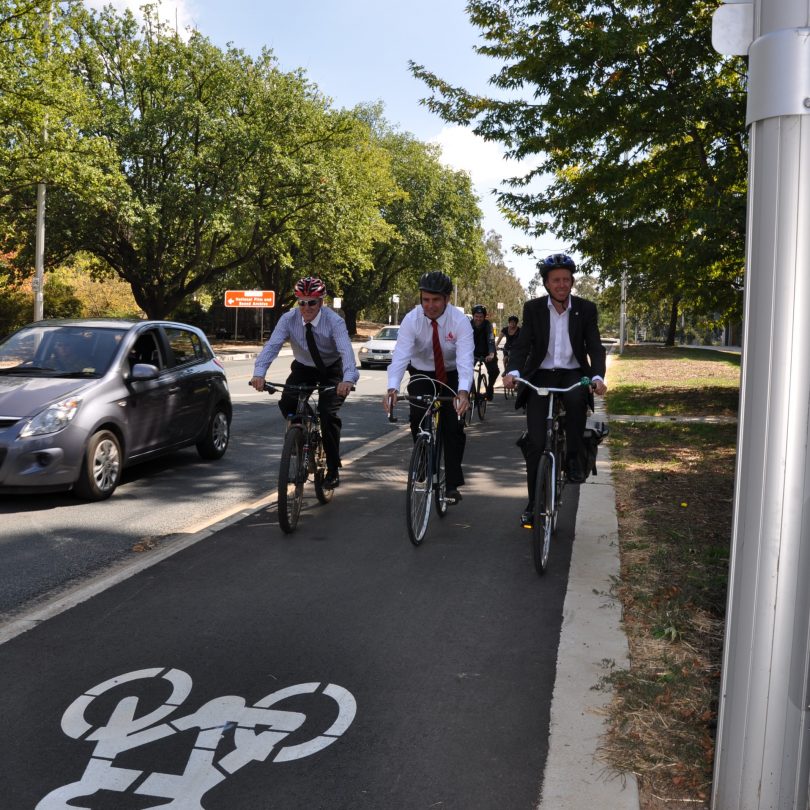
Civic cycle loop separated bike path.
2. Maintain our existing paths: Unfortunately, our community path network is rapidly ageing and in need of urgent attention. Many of our paths are cracked, crumbling and hazardous, and in some cases have become so degraded that the only option has been to rebuild them completely – a costly option that could be avoided through proper investment in ongoing maintenance.
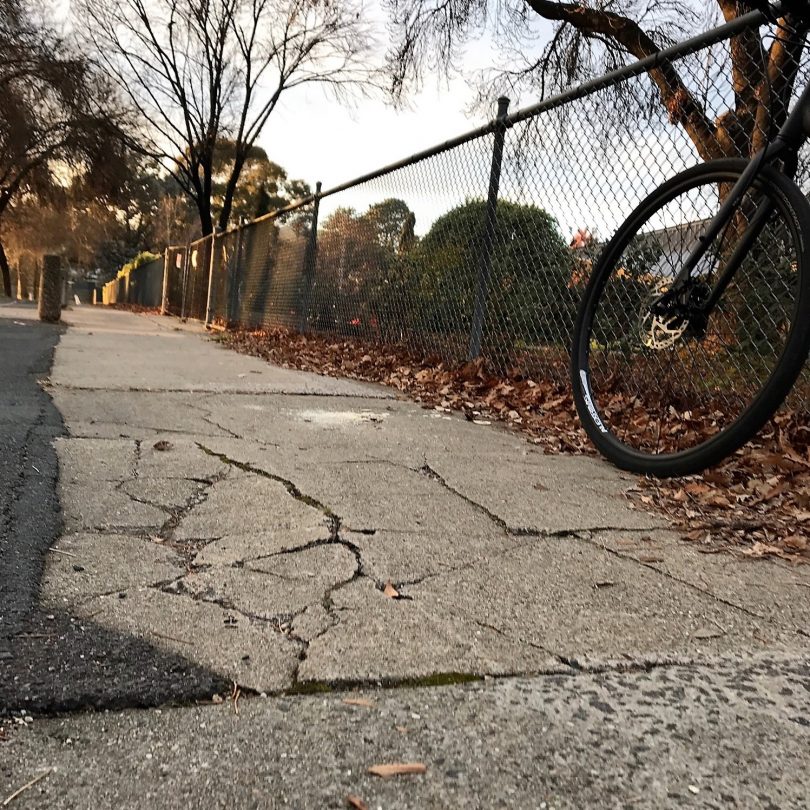
Cracked and degraded paths.
3. A connected path network: Anyone who cycles in Canberra will have experienced the frustration of riding on a path that comes to a dead end or being stuck in dangerous traffic when a bike lane disappears. For cycling to appeal to more than just hardened riders, we need to make it as easy as possible for people of all ages and abilities to get from A to B, with a planned and connected path network that is well signed and easy to navigate. This means filling in the missing links in the network, particularly to town centres, through infrastructure like the planned Belconnen bikeway.
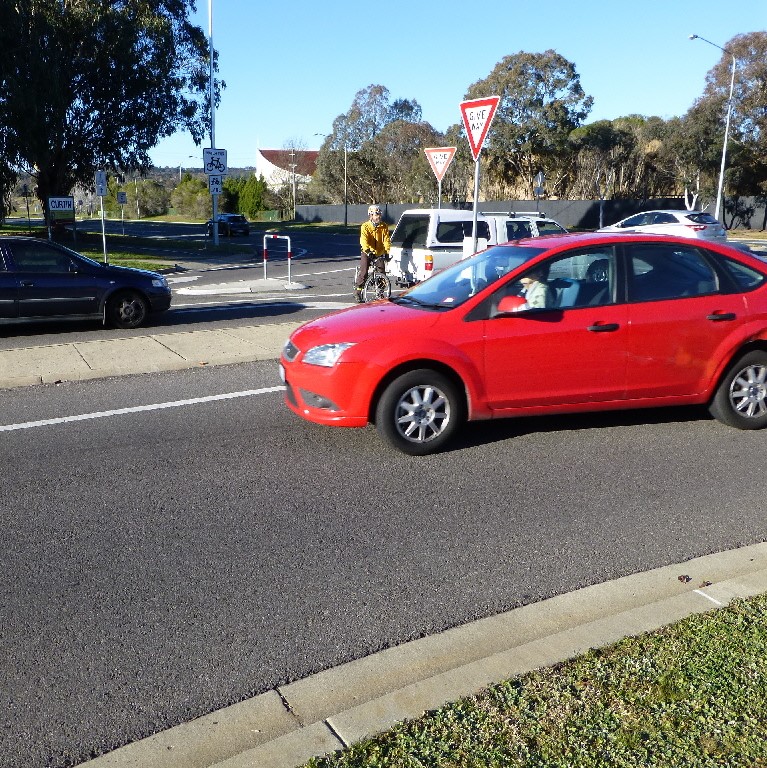
Lack of marked crossings to connect paths at key locations in the network.
4. Separating cycle paths and footpaths: Whether on a bike, jogging or walking, in most places we can share our paths safely and harmoniously by following the road rules and exercising common sense and courtesy. However, with so many of us out enjoying our beautiful bush capital, paths can become congested in key areas, particularly around the lakes. So that different users can share these locations safely, we would like to see a trial separation of cycling and walking along sections of lake paths, in particular around Lake Burley Griffin.
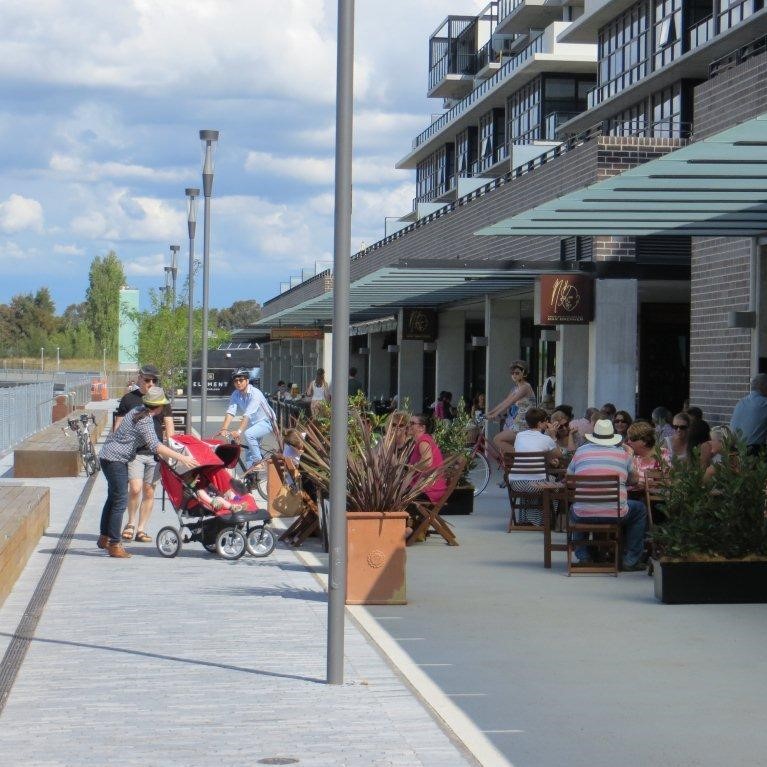
Congestion on shared path at Kingston.
5. A cycle tourism strategy: We know Canberra is a great place to ride a bike, and we’d like to spread the word. With our temperate climate, open roads, extensive path networks, and off-road facilities like Stromlo Forest Park and Majura Pines, we are well placed to develop Canberra as a cycle destination and tap into a growing and lucrative domestic and international cycle tourism market. To make this happen, we need an overarching strategy for cycle tourism and for government to commit to promote and develop facilities. For some time, the Government has been working on developing such as strategy, and we hope that the upcoming budget will see that document released, along with funds toward its implementation.
After long-term advocacy by organisations like Pedal Power, and through successive Parliamentary Agreements between the Greens and the ALP, we have made significant gains in cycling. Minimum passing laws are now in place, and the ACT Government has set an active travel target of 7% trips by cycling by 2026, with an Active Travel Office set up to coordinate initiatives across government. The 2016 Parliamentary Agreement provides for an additional $30 million investment in active travel to be rolled out over the four-year term, and we look forward to the 2018 Budget delivering on this commitment.
Making Canberra more bike-friendly is good for business and will help make our city more active, healthy, and sustainable. Surely that will be a good outcome for all Canberrans?
Ian Ross is the CEO of Pedal Power ACT and a keen recreational bike rider.
Pedal Power ACT is Canberra’s largest cycling organisation, representing people who already cycle and those who would like to. Our aim is to get more Canberrans riding more often.












